Rarely does one get the chance to experience the underwater world in a setting that is bubble-free and almost silent. The invention of the closed-circuit rebreather (CCR), an apparatus that allows you to recycle the air you breathe, has definitely revolutionized the extent of diving. Having heard many things about rebreathers, I decided it was worth my time to get a bit more acquainted with the technology. I joined Jennifer Mayfield, Bryan Thomas and Mike Fowler from Silent Diving to undergo the PADI Tec40 CCR course and learn how to operate the AP Inspiration Rebreather.
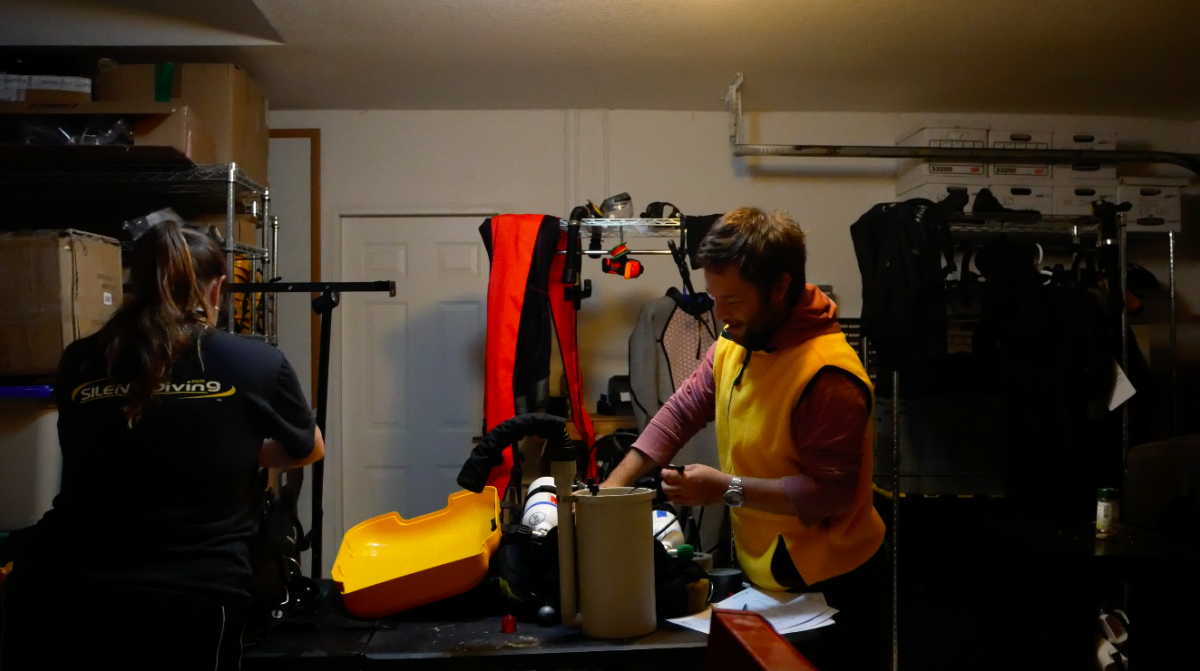
The benefits of diving a rebreather are numerous. To mention a few, you only need a couple small bottles of gas for lengthy dives, the unit works in a way that keeps decompression schedules to a minimum, the diving is silent as there are no bubbles produced and the gas you breathe is moist and warm. This allows you to have more genuine interactions with fauna, makes you stay warmer, last longer and have access to many areas of research and exploration in a far more safe manner than on regular scuba. But diving a rebreather requires persistent training and the commitment of becoming a responsible tec diver. In this type of diving the rebreather truly becomes a life support system and requires you to really understand how to operate the system.
The PADI Tec40 CCR course is not like any I have taken before. Asides from teaching you several skills, the material is designed to take you through many psychological components of diving. It reinforces the need to be spatially aware and have good buddy teams, but also challenges the diver to become truly honest and communicative in their diving.
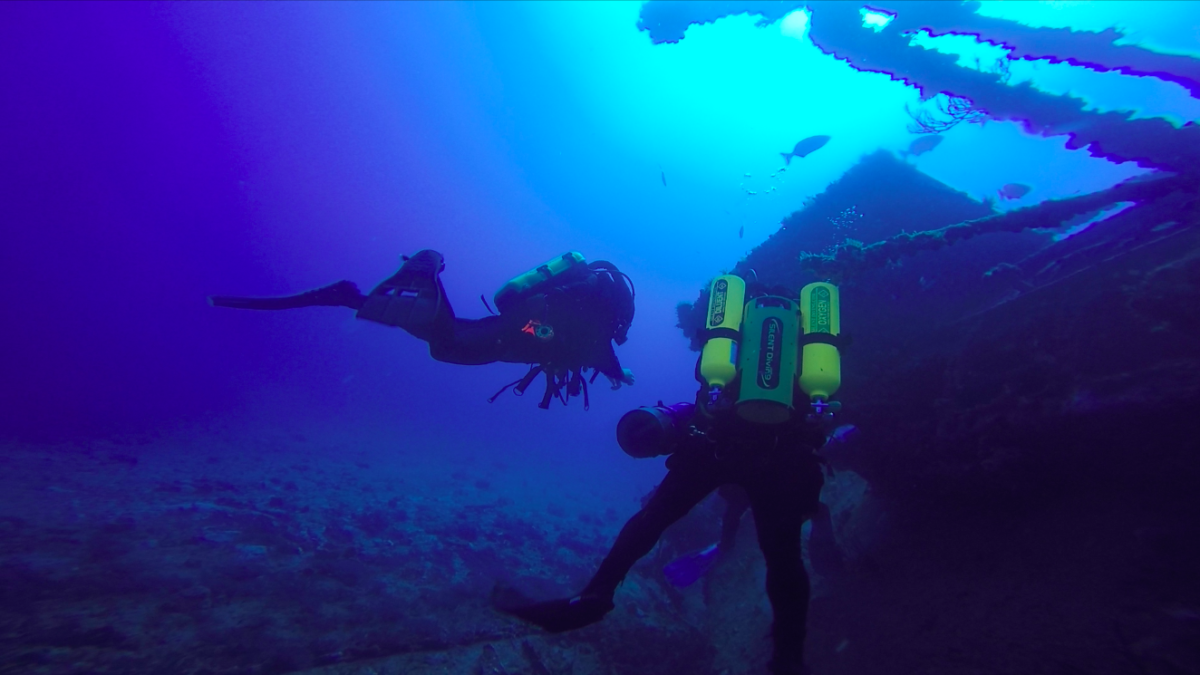
At first, trying on the unit in the pool felt a little bit frustrating. My buoyancy was completely off, I had difficulties equalizing and my mask kept flooding and squeezing water up my nose. But it was all about relaxing and learning how to use the counter lung system to establish adequate buoyancy. After a day or two, I was finally getting a hang of the unit and could immediately start sensing the benefits. For starters, diving the rebreather felt like flying. Once your buoyancy is locked you can really glide through water and be silent enough to hear your own heartbeat. Our dives became progressively longer and deeper, but our decompression schedules kept staying at a minimum.
Following the skills established by the PADI course, I learned how to manage common risk-management tasks like flushing the unit to re-establish adequate gas mixtures, or dealing with a flooded loop. The team from Silent Diving also took me through the specifics of the AP Inspiration unit and taught me how to read the displays, adjust for proper gas mixes, pack the scrubber used to filter out CO2 and manage the sensors that read oxygen levels in the system.

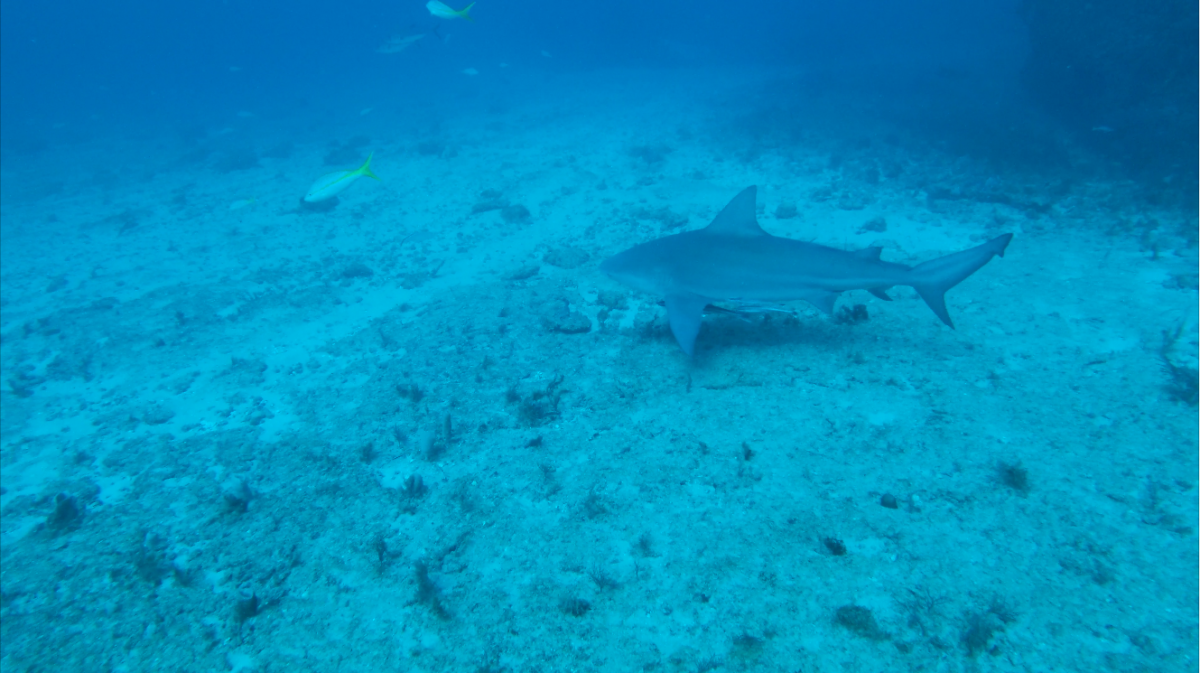
One of my favourite dives was out of West Palm Beach, in Florida, where we went out with Stuart Scuba to do one of the famous drift diving spots. The site was around the 25 – 30m range and had four wrecks semi-buried in the sand. The instant we reached the bottom I noticed around four bull sharks, but instead of dispersing like they usually do, they stayed around and were actually quite curious. They followed us along the different wrecks as we performed our several skills drills. Asides from the sharks there were several other species of reef fauna that did not seem to be disturbed at all by our presence. We had some really spectacular encounters with groupers that had sizes I’d never seen ever before, comparable to that of small cars! And the best part was that we were able to enjoy their presence for about two hours before we went up to the surface.
Now that I really had a taste of what rebreather diving can look like, I can’t wait to see for myself the application of these skills in the future. I am particularly interested in how scientists can monitor and study bottom-dwelling reefs that only until a couple of years ago became accessible to us thanks to rebreather technology.
As packed, demanding and intense as this week was, I feel fulfilled with the knowledge and skills I gained through the PADI Tec40 CCR course. I cannot thank the team from Silent Diving enough for taking me through my first proper rebreather dives and having the patience to teach me how to operate the unit.
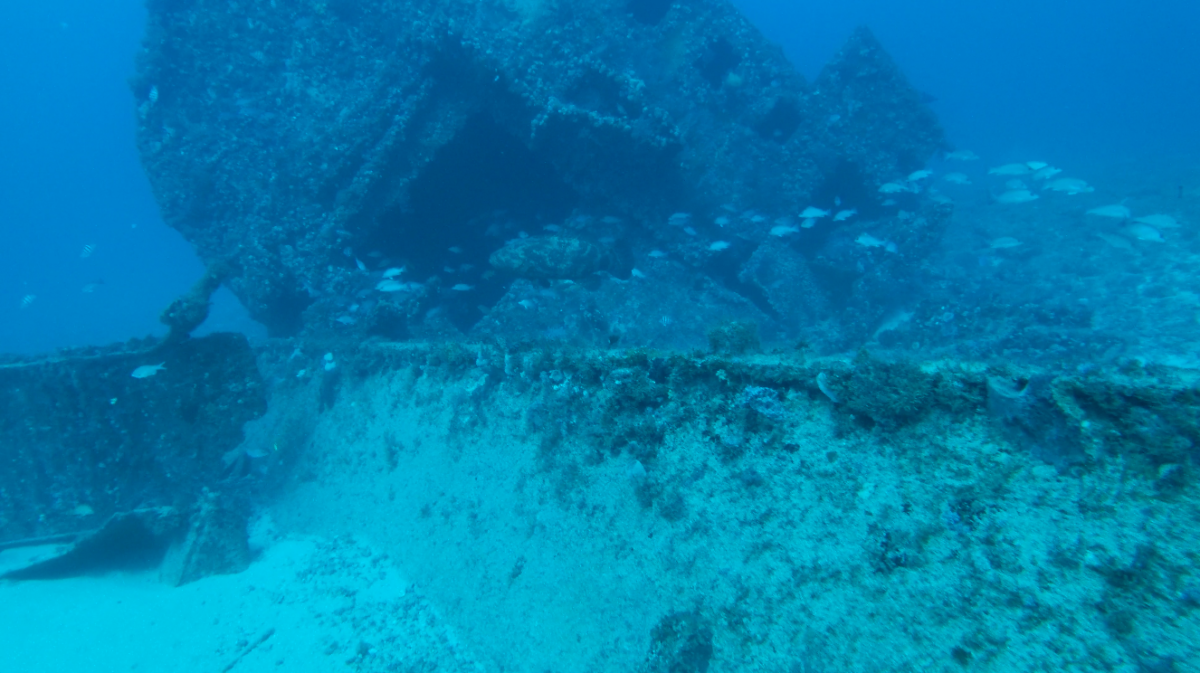
Huge thanks to
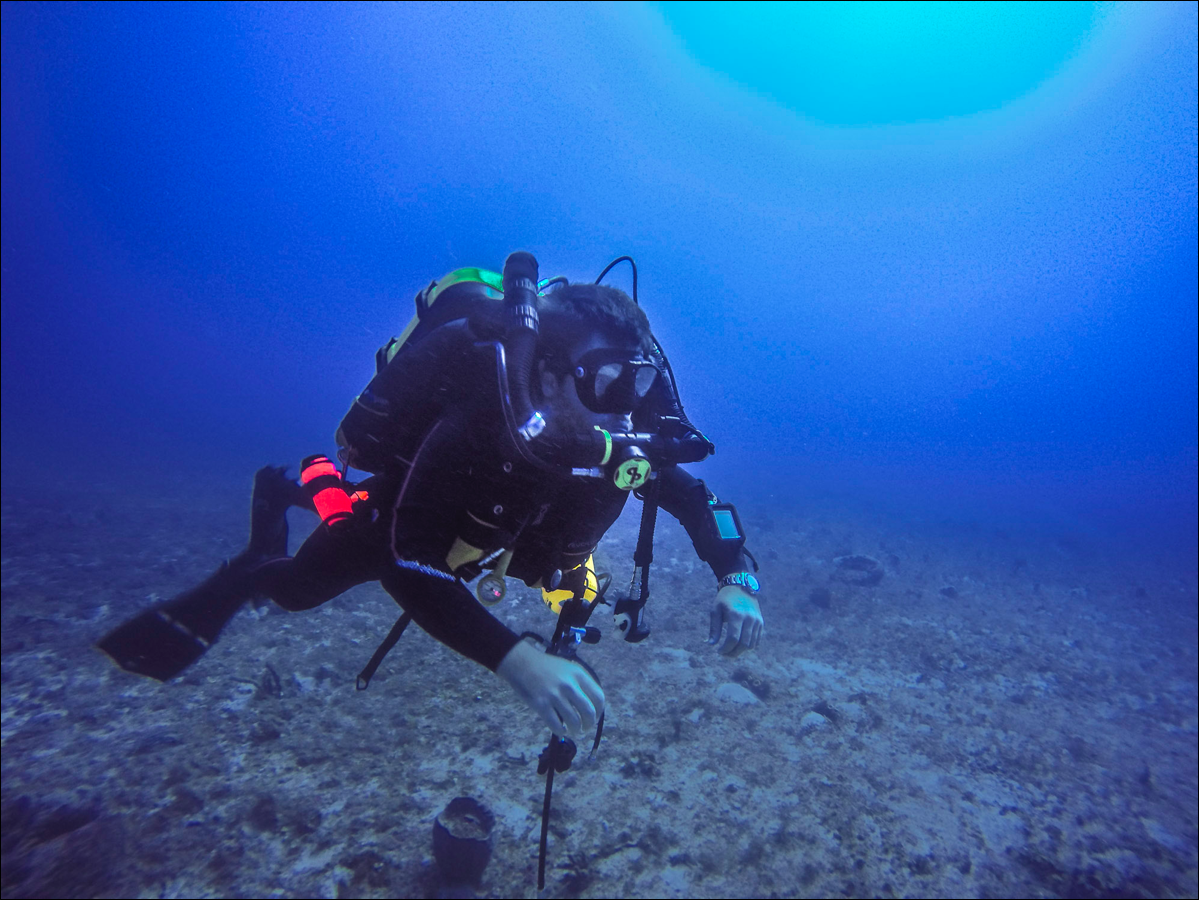
Buceando sin burbujas
Pocas veces tenemos la oportunidad de entrar al mundo subacuático en un ambiente libre de burbujas y casi silencioso. El invento del sistema de circuito cerrado (CCR), o rebreather, aparato que nos permite reciclar el aire que respiramos durante el buceo, ha revolucionado el alcance del buceo. Habiendo leído varias cosas sobre los rebreathers, decidí que valía la pena familiarizarme más con la tecnología. Me reuní con Jennifer Mayfield, Bryan Thomas y Mike Fowler de la compañía Silent Diving? para tomar el curso de PADI Tec40 CCR y aprender a usar la unidad AP Inspiration

Las ventajas de usar un rebreather son varias. Para mencionar algunas, sólo necesitas un par de botellas de aire para buceos largos, la unidad funciona de manera que mantiene la descompresión a un nivel mínimo, el buceo es silencioso debido a que no produces burbujas y el aire que respiras es cálido y húmedo. Esto permite tener interacciones más genuinas con la fauna, mantenerte más caliente, quedarte más tiempo y tener acceso a muchas áreas de investigación y exploración de manera mucho más segura que en el buceo convencional. Pero usar una unidad de circuito cerrado requiere entrenamiento persistente y el compromiso de un buzo técnico responsable. En este tipo de buceo el rebreather realmente se vuelve tu soporte de vida y requiere que realmente entiendas cómo operar el sistema.
El curso de PADI no es como cualquier otro. Además de mostrarte varias habilidades, el material está diseñado para llevarte a través de varios componentes psicológicos del buceo. Refuerza la necesidad de estar al pendiente y crear buenos equipos de buceo y además reta al buzo a volverse verdaderamente honesto y comunicativo en su buceo.

Al comienzo, probar la unidad en la piscina fue un poco frustrante. My flotabilidad no estaba bien, tenía dificultades compensando los oídos y mi visor se seguía inundando y metiendo agua por mi nariz. Pero la respuesta a mis problemas vino con la práctica y la relajación, aprendiendo a usar el sistema de pulmones artificiales de la unidad para establecer una flotabilidad adecuada. Después de un par de días, por fin comenzaba a agarrarle la onda al sistema y pude sentir los beneficios de inmediato. Por ejemplo, bucear el rebreather se sentía como volar. Una vez que estableces tu flotabilidad puedes patinar por el agua y permanecer lo suficientemente silencioso como para escuchar tu propia corazonada. Nuestras inmersiones se volvieron cada vez más largas y profundas, pero nuestra descompresión siempre se mantenía en lo mínimo.
Las habilidades que establece el curso de PADI incluyen el manejo de situaciones riesgosas, como realizar lavados de aire en la unidad para establecer la mezcla adecuada de gases o como lidiar con un circuito inundado. El equipo de Silent Diving también me mostró las especificaciones del AP Inspiration, como interpretar las computadoras, ajustar la mezcla de los gases, empacar el absorbente que filtra el CO2 y manejar los sensores que detectan los niveles de oxígeno en el sistema.


Una de mis inmersiones preferidas fue en West Palm Beach, en Florida, donde salimos con la tienda Stuart Scuba a uno de los sitios más populares para buceos de corriente. El sitio se encontraba 25 a 30 metros de profundidad y tenía cuatro barcos hundidos en la arena. Al instante que llegamos al fondo noté alrededor de cuatro tiburones toro que, en vez de dispersarse como normalmente lo hacen, se quedaron curiosos y permanecieron cerca de nosotros. Nos siguieron a los diferentes barcos mientras realizábamos nuestros ejercicios y prácticas con el rebreather. Además de tiburones, había mucha fauna arrecifal que no parecía molestarse por nuestra presencia. Tuvimos unos encuentros espectaculares con garropas de tamaños que nunca había antes visto, ¡equiparables a los de autos pequeños! Y la mejor parte era que pudimos disfrutar de su compañía como dos horas antes de subir a la superficie.
Ahora que tuve una probadita de lo que puede ser el buceo con rebreather, no puedo esperar ver cómo aplicaré éstas habilidades en un futuro. Me interesa particularmente la manera en la que los científicos pueden monitorear y estudiar los arrecifes de profundidad que sólo hasta hace poco se volvieron accesibles gracias a esta tecnología.
A pesar de lo demandante e intenso de la semana, me siento cumplido con el conocimiento que obtuve durante el curso de PADI Tec40 CCR. No puedo agradecerle lo suficiente al equipo de Silent Diving por guiarme en mis primeras inmersiones propias con el rebreather y por tener la paciencia de enseñarme a usar el AP Inspiration.

Muchas gracias a
